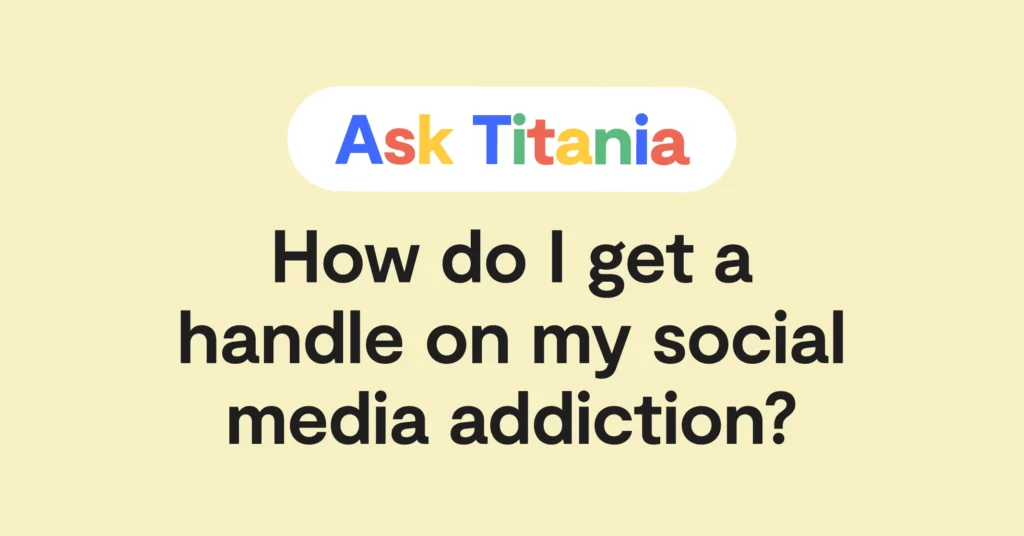
Those last four years of school are often loaded with all sorts of experiences that can be tricky to navigate — for the teen and the parent. It’s easy for parents to feel caught between two priorities: keeping their kids safe while they’re still home and also preparing them to be independent adults that are ready to move out into the world.
To help you out, we’ve put together a survival guide that gives some guidance as you figure out how to balance these two important priorities. We’ll go over some helpful things to keep in mind about what teens are going through and what they might need most. Let’s jump in!
Tips On How To Survive High School (As A Parent)
1. Independence is the goal
If you have a high schooler in the house, you might notice they’ve started hanging out with their friends constantly. Or maybe they’ve started asking to have their own car. They may have even broken a few rules, like staying out past curfew or talking back. From a parent’s perspective, it might look like their sole objective is just to get away from you — which can be very hurtful. But from your teen's perspective, they’re simply seeking out new ways to feel like their own person. Just because they’re looking to leave the nest doesn’t mean they hate the nest. It just means they want to test their wings. Consider a compromise that will give them a chance to feel independent, while still respecting your house rules.
2. The amygdala is running the show
It’s no secret that teens are hormonal. So when your teen is particularly moody or chooses to have a dramatic reaction to something seemingly small, it may be helpful to understand exactly what’s happening in their brain.
When hormones rage, the culprit is the activation of the amygdala. This is the part of the brain where reactive emotion occurs. Teens are generally operating with a far more active amygdala than most adults, which means they are dealing with an intense amount of emotion. Unfortunately, the part of the brain that is supposed to bring logic and problem-solving (the prefrontal cortex) is not quite developed yet. Hence, the moodiness and dramatic reactions.
3. Self-esteem may take a dip
Along with understanding the inner workings of their brains, it might be helpful for parents to know how high schoolers actually feel about themselves. There’s tons of research about self-esteem in adolescents, most of which points to trends of low self-image. Additionally, rates of depression and anxiety are known to increase during this time, specifically ages 12–17. Naturally, researchers try to pinpoint the reasons for these trends, including school pressures, peer comparisons, hormonal changes, and — of course — technology (more on that later).
It’s likely that all of these reasons play a role in some way, depending on each kid. But more than figuring out the specific reason, you may find it difficult to get your kid to even talk about their feelings in the first place. And that’s not necessarily a bad thing, not all kids are super talkative when it comes to their feelings. But the important thing is to be aware of the possibility that they may struggle with confidence. So take every opportunity you can to hype them up! Be sure to high-five every good grade and bear hug every goal scored — because those are the confidence builders that they’ll likely remember more than anything else.
4. Communication is your best strategy
If you take nothing else away from this post, take this: open communication is your absolute best strategy! And specifically, don’t shy away from tough or “awkward” conversations. It’s a common misconception among parents that bringing up topics such as sex, drugs, suicide/self-harm starts a snowball effect that will result in the exact opposite of what you want. But the reality is, if they don’t hear about it from you, they’ll hear about it somewhere else. So at least if they hear it from you first, they’ll hear it with accurate information and sound advice. And, most importantly, they’ll know that you are a safe place to go to if they ever find themselves in a sticky situation.
5. The digital world is their normal
Most kids today are living in two different worlds: the real world and their own digital world. Especially by the time they’re in high school, almost everyone will have a phone and at least one social media account — if not more. So much of their social life and learning takes place on these apps without many adults realizing it. This can make it difficult for parents to put themselves in their kids’ shoes when their own high school experience was so different.
Our best advice, hands down, is to educate yourself on all the ups and downs of the online world. If this is their normal, make an effort to familiarize yourself with what they may encounter on a daily basis. Learn about the popular apps, the potential dangers kids can fall into, and the parental controls that are available. We know it can be a daunting task when there’s so much to keep track of, but it can make all the difference in the world if it helps your family side-step some messy situations in the future.
How Bark Can Help
The good news is that when it comes to high schoolers and technology, Bark won’t leave you hanging! Bark was created for the exact purpose of helping parents keep their kids safe online. We offer a suite of parental controls, which allows parents to set healthy screen time schedules, block inappropriate websites and apps, as well as monitor texts, emails, and 30+ social media sites for potentially harmful content.
Along with this, we also have numerous resources that teach parents everything they need to know about the ever-changing online world. And you may consider joining our Facebook group, Parenting in a Tech World, with over 360,000 parents who are all learning the ropes right along with you.
Read more
Bark helps families manage and protect their children’s digital lives.





